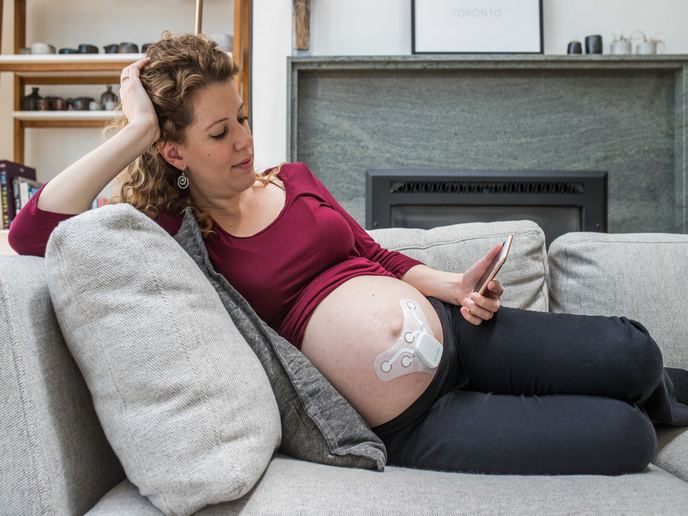A wearable for monitoring prenatal health at home
Preterm birth is defined as any live birth before the 37th week of pregnancy and is associated with complications that lead to neonatal and infant mortality. Additionally, premature babies are prone to serious long-term illnesses, lifelong disabilities such as cerebral palsy and respiratory illnesses as well as poor quality of life. Consequently, preterm birth is the cause of great suffering and psychological stress to parents.
Machine learning to predict preterm birth
Currently, regular medical check-ups and clinical examinations in a hospital setting are the only available solution for expectant women to diagnose preterm labour. However, expecting couples often mistake Braxton Hicks contractions, which occur normally during a healthy pregnancy, as preterm labour contractions. This increases hospital visits and concomitant healthcare costs. To address this issue, the EU-funded WISH project has developed an innovative platform for antepartum maternal and foetal monitoring. “WISH integrates seamlessly into the daily activities of expectant women in a way that will enable remote antepartum monitoring at home,” explains Julien Penders, co-founder and COO of Bloomlife. The WISH system consists of a specifically designed electrode patch, a consumer app, a web-based dashboard and a secure cloud data platform. It measures maternal and foetal health parameters, such as heart rate and uterine activity, through a specific sensor. This real time information is processed using advanced algorithms and machine learning to provide the probability of a woman being in labour.
Clinical validation and prospects
The WISH solution was tested and validated during the project in a two-centre, interventional study on 150 pregnant women. Study participants received a WISH system and were asked to use it at least three nights per week until they gave birth. Results demonstrated that the WISH system had similar accuracy in labour detection with current diagnostic methods used in hospital. “This clearly illustrated the feasibility of applying non-invasive wearable technology at home as an alternative labour management strategy,” emphasises Penders. Preterm birth is a global health problem and one of the EU healthcare priority areas. The high socioeconomic impact of preterm birth necessitates novel solutions for predicting and prolonging the gestational age at delivery. The WISH project laid the foundation for a new non-invasive approach for preterm labour detection and a much needed tool for high-risk pregnancies. Implementation of WISH is expected to provide essential data for both expectant women and healthcare providers, facilitating more efficient prenatal care across Europe. Importantly, WISH will offer reassurance to women throughout the last stages of pregnancy through the provision of trustworthy information. Future efforts will focus on how to exploit the WISH solution to improve doctor-patient communication, implement preventive actions and timely interventions to reduce preterm births and radically change prenatal care across Europe. Penders envisions pivotal clinical trials will support the CE marking of WISH as a medical device and render it ready for commercialisation.
Keywords
WISH, preterm birth, labour detection, wearable, machine learning, sensor







